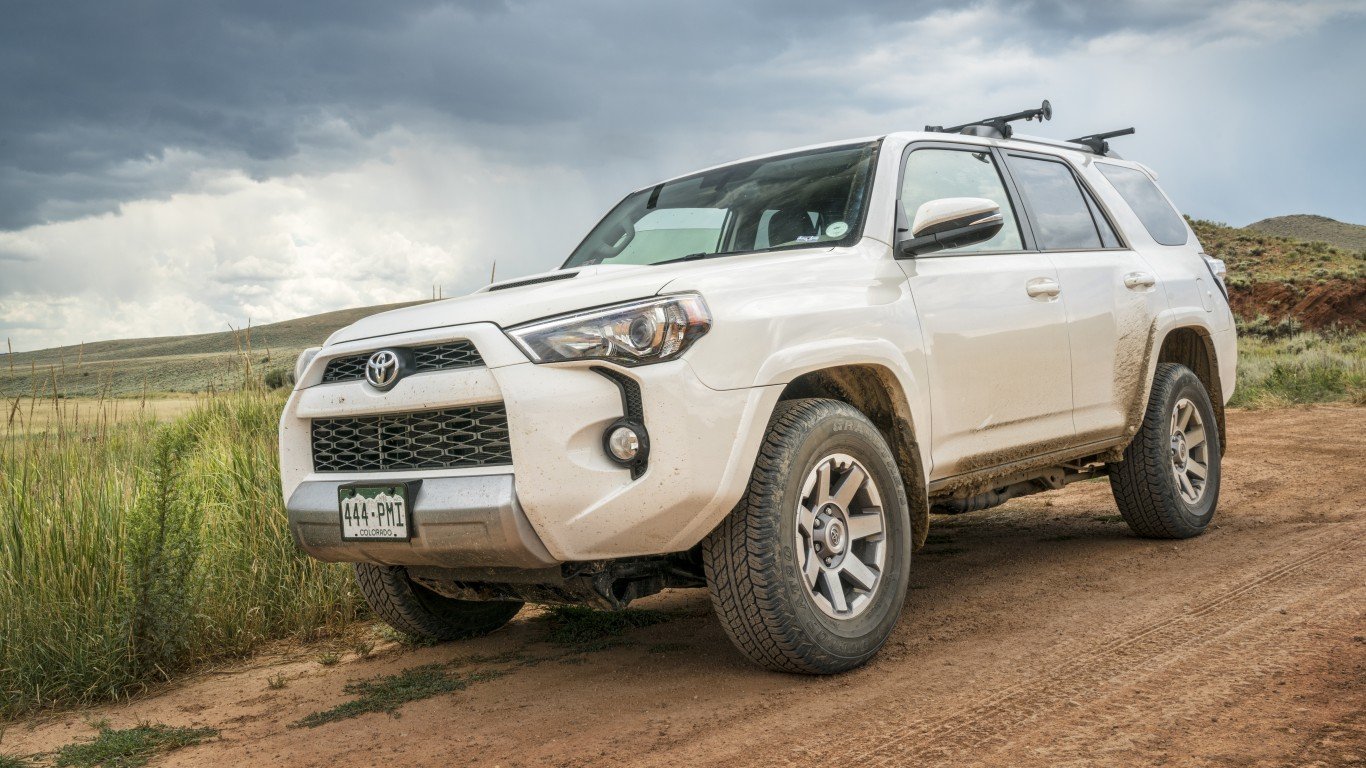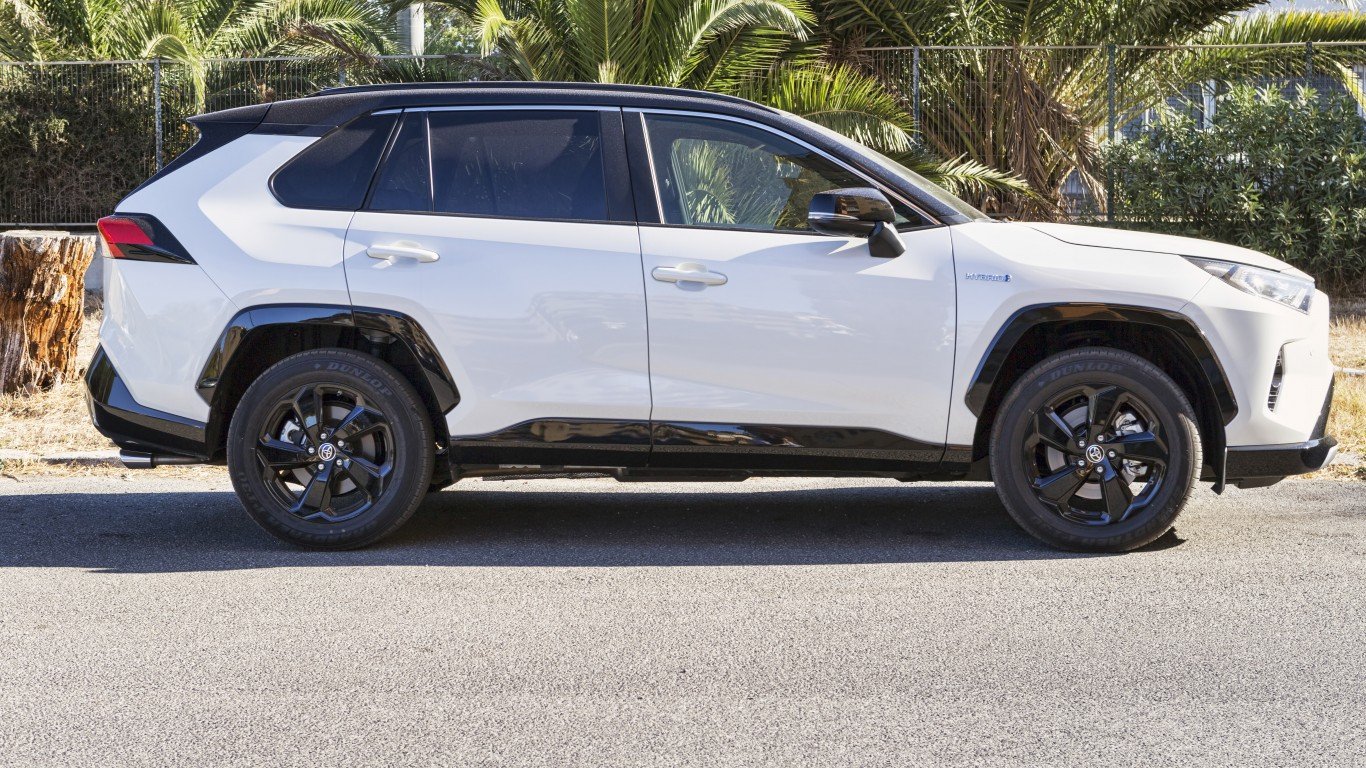
In 2006, the number of light vehicles per household in the United States peaked at 2.050. Since then it dropped to a low of 1.927 vehicles per household in 2013, before climbing back up to 1.950 in 2015.
Measured by miles traveled per household, the peak year was 2004, when the distance driven came to 24,349 miles. Miles driven reached a recent low of 21,866 miles driven per household in 2013 and climbed back to 22,311 in 2015.
The data were reported Tuesday in a new study from Michael Sivak and Brandon Schoettle from the University of Michigan Sustainable Worldwide Transportation group.
According to the study, vehicle ownership rates per person and per household are down 4.4% from their recent highs and up 1.4% from recent lows. The ownership rate per household is roughly equal to the rate in 1993.
Miles driven per person and per household are down about 7.8% from their peak and have regained about 2.1% from their trough. The average miles driven per person is about equal to the rate in 1997, and the average per household is roughly the same as in 1994.
According to U.S. Census Bureau data, in 1993 there were about 260 million people living in the United States, compared with nearly 324 million at the end of 2016. The number of households grew from 96.4 million to 125.8 million in the same period.
In 1993 there were 1.943 vehicles per household, compared with 1.950 in 2015. Not many new three-car garages, but many more households buying cars.
Miles driven per household, according to the University of Michigan data, was exactly the same in 2003 as in 2015. Americans aren’t driving more; there are more Americans driving.
And if you believe a research report from the Rocky Mountain Institute published last September, by 2018 autonomous (self-driving) vehicles could provide transportation services at near cost parity to the total cost of owning and operating a personal vehicle. How will that affect U.S. auto sales and miles driven (transported)? Stay tuned.
Essential Tips for Investing: Sponsored
A financial advisor can help you understand the advantages and disadvantages of investment properties. Finding a qualified financial advisor doesn’t have to be hard. SmartAsset’s free tool matches you with up to three financial advisors who serve your area, and you can interview your advisor matches at no cost to decide which one is right for you. If you’re ready to find an advisor who can help you achieve your financial goals, get started now.
Investing in real estate can diversify your portfolio. But expanding your horizons may add additional costs. If you’re an investor looking to minimize expenses, consider checking out online brokerages. They often offer low investment fees, helping you maximize your profit.
Thank you for reading! Have some feedback for us?
Contact the 24/7 Wall St. editorial team.


